If you are traveling a lot then a power bank is a must that you need quite often for your mobile phone. It actually works as a battery backup if you sometimes don’t have an access to direct electricity to connect your smartphone’s phone charger. If you already own this luxury or if you are thinking of buying a new one then you should know how you should not use your Power Bank. Nowadays, Power Banks are created with extremely high capacity Lithium-ion or Lithium-Polymer batteries which might create a fire hazard if you are not careful and of course, if you misuse your Power Bank then probably its life will get much limited. so in this article, you will know how to properly use your Power Bank to extend its battery life and use it safely.
Also Read: Power Your Camera From USB Power Bank: Up to 5hrs of Runtime!

Follow the steps below to Safely Use Your Power Bank
To use your Power Bank safely and increase its battery backup, you have to follow these steps. These are not quite hard to maintain, you just need to keep in mind a couple of things and you are good to go.
Do not Charge Your Power Bank in High-Temperature Areas
The heart of the power bank is its battery pack. That’s mostly Li-ion or Li-Po batteries and these types of batteries don’t like to charge below 5 degrees or above 25 degrees but I know in some places of the world, normal environment temperature increases way above the 25 degrees threshold. In that case, you can’t do anything but what you can do is to charge your Power Bank at room temperature, not in direct sunlight, or not on top of anything which might get hot over time; something like on top of a computer, fridge or home inverter. Because of this excess heat, the battery inside might get swollen which reduces its life and in the worst-case scenario, it ends in a fire hazard and explosion. Although there are some safety features in some power banks to avoid such tragedies but not all of them so it is better to stay safe.
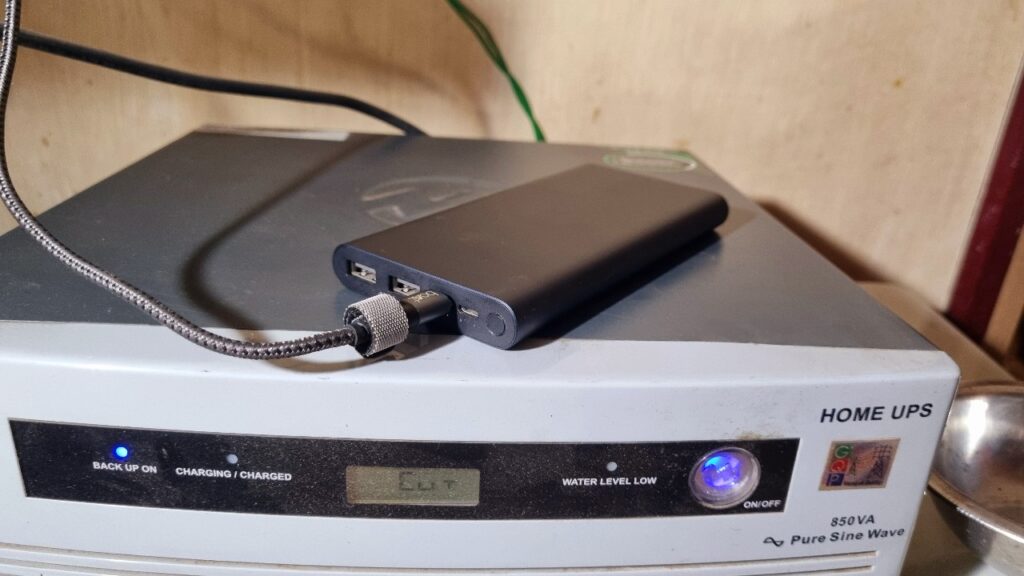
Discharging temperature is also quite Limited if you discharge your power bank when the environmental temperature is above 40 degrees then the battery pack might not like it which makes its life shorter.
Don’t Store the Power Bank Inside a Vehicle
It’s also a crucial point to note down that don’t charge or discharge inside a vehicle as it’s dangerous to store the power bank in direct sunlight or in high-temperature areas such as your car which might sometimes be parked in direct sunlight with closed windows, especially in summers. As the Sun shines super bright at this time, it increases your car’s interior temperature to ultra-high that your power bank doesn’t like and because of that high temperature, there’s a high chance all the protection circuits inside the power bank could fail that results in an explosion in worst cases, you may find a burning car in front of you.

Don’t Charge Your Power Bank and Your Phone Simultaneously
Not all the Power Banks support this feature but a few do which is called Bypass Charging. It’s a handy feature that could charge the phone and power bank simultaneously but it could create problems. If the power bank supports fast charging then it might not work even if you have connected a charger that supports fast charging protocols and the power bank as well charges slowly. This happens due to safety reasons. If the power bank firstly charges and simultaneously provides an output that causes overheating it is not good for the battery inside the power bank. Although it’s an optional safety feature, it’s not necessary whether a power bank provides an output when on the charge, it slows down the charging speed for self and for the device you’re plugged in with the power bank. Because of the overheating, the power bank could destroy as well as your phone.
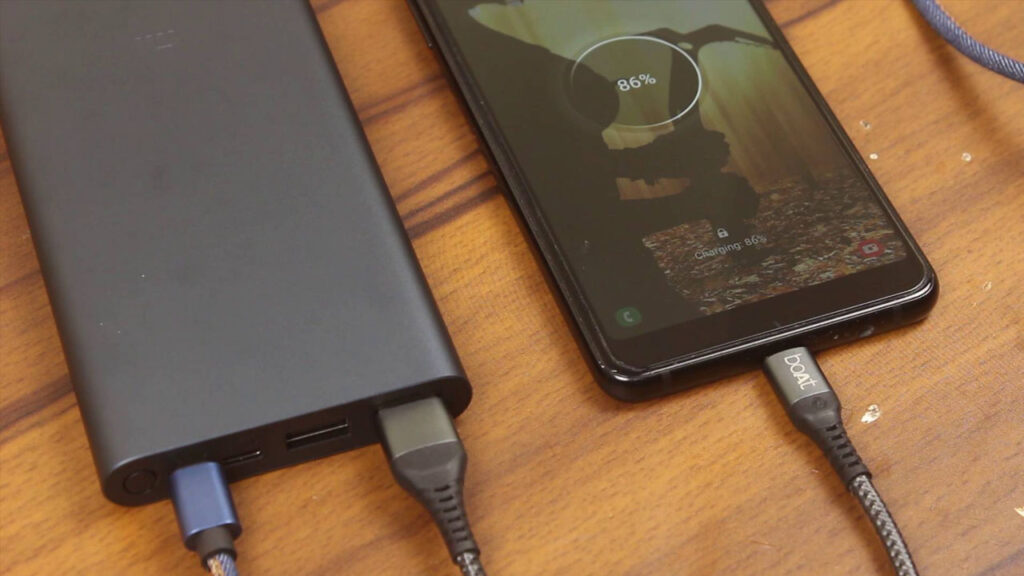
Do Not Full Charge the Power Bank When You are Storing it
If you’re not going to use the power bank for a couple of days then don’t charge it to the maximum level. It’s also not recommended to store a power bank when its battery is completely depleted. If you want to use your power bank for 3 to 5 years without significant performance loss then charge the power bank to 50% – 60%. If the power bank has 4 LED indications to showcase its charging condition then disconnect the charger when 2 LEDs are On and the third one is blinking. If it has 5 LEDs then it is better to disconnect the charger when the first 3 LEDs are On. However, this technique doesn’t have much accuracy but it will do.
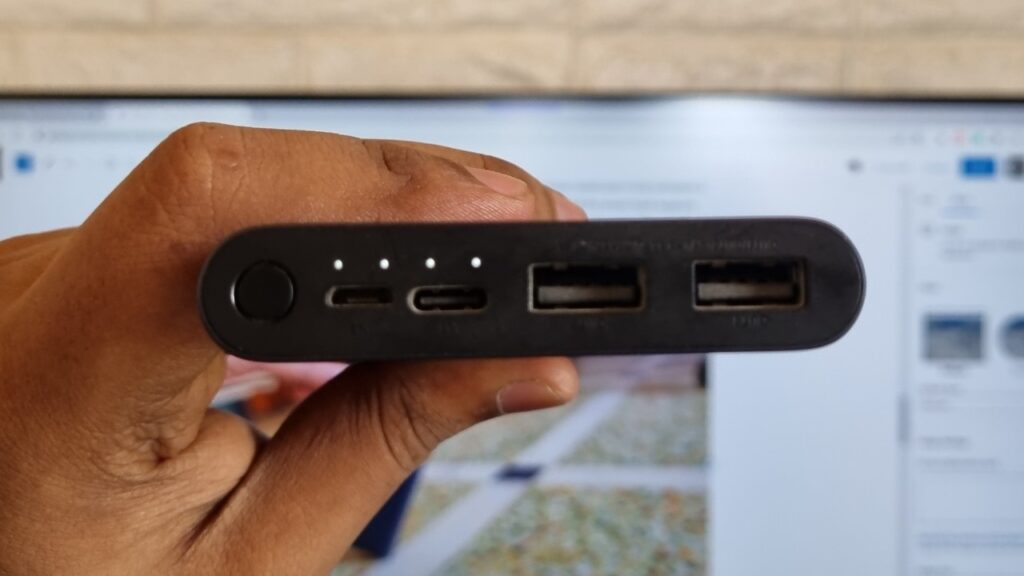
Don’t Completely Discharge the Battery
Lithium-ion or Lithium-polymer batteries have Limited life cycles which mostly stay between 500 to 800 so if a charging and discharging cycle is completed the threshold then the batteries will lose their capacity over time and they’re almost going to be unusable. So if you every time discharge the battery completely and charge it to 100% then you can use the power bank around 500 times and if you do this daily then almost 1.5 years of usage is possible. So instead of doing this, you could discharge the power bank at the level of 30% or a maximum of 20%, and then when you charge it, you could do it to 80%. One or two times a month, you should discharge the battery to 0% and charge it to 100%.
Don’t Drop the Power Bank
If you keep dropping the power bank once in a while then you should be cautious about it. Power banks aren’t only consisted of batteries. It has a dedicated circuit that boosts the 3.7V of the li-ion battery to 5V, 9V, 12V, and 20V (If the power bank supports fast charging protocols) and also a lot of different ICs, Controllers, Mosfets, Inductors, Resistors, and Capacitors. They are all soldered on a board called PCB. If you drop the power bank then these solder joints may get loose so that your power bank will fail or it may soon explode because of the fall, the protection circuit could be damaged. Obviously, it depends on the design but it’s better to stay on the safe side.
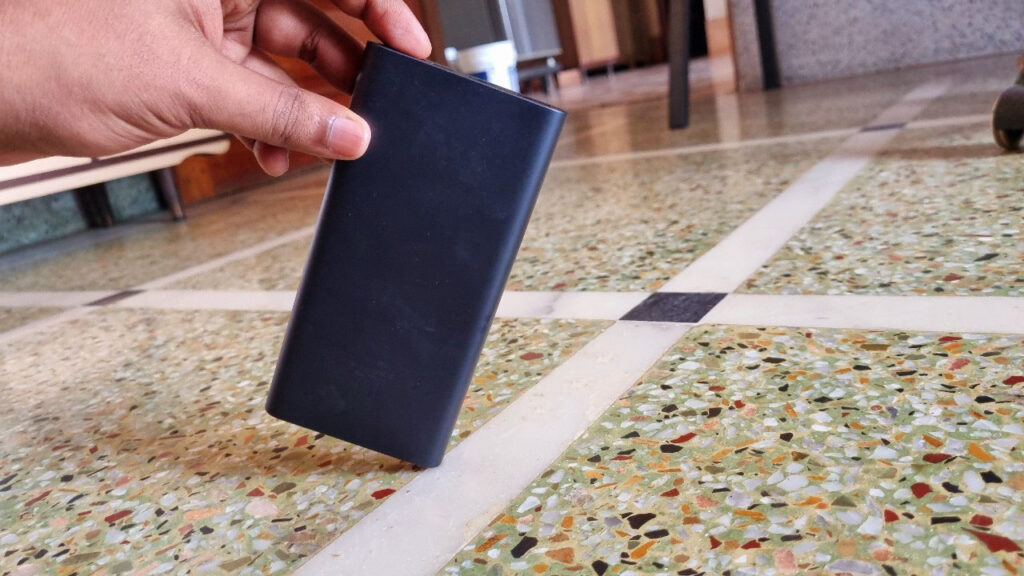
Li-ion batteries don’t like fall damage. An impact on the ground may make an internal short circuit which causes fire and explosion. you should always keep in mind that power banks are designed with extremely high capacity Li-ion or Li-Po batteries so their charge density is extremely high. A small impact on the battery is extremely dangerous. So that’s why, manufacturers use protection to absorb the jerk so that no kinetic energy is transferred to the battery after the fall but in any case, it could be extremely dangerous if you’re not careful.
Don’t Keep Your Power Bank in Pocket or Bag with Metal Objects
It is not necessary but a safety measure that you can take. If you keep small metal objects in close proximity in your pocket or bag then they may insert into the USB ports which may cause a short circuit in the port which the driver circuit may not like. It may damage the circuit in the power bank but most importantly, why you should not keep small metal objects near the power bank is, these metal objects easily damage the USB ports of the power bank if your luck is running out. This will make the power bank unusable until it is repaired.
Don’t Miss: DIY Dual Channel Variable Lab Bench Power Supply 30V 10A 300W Build & Test
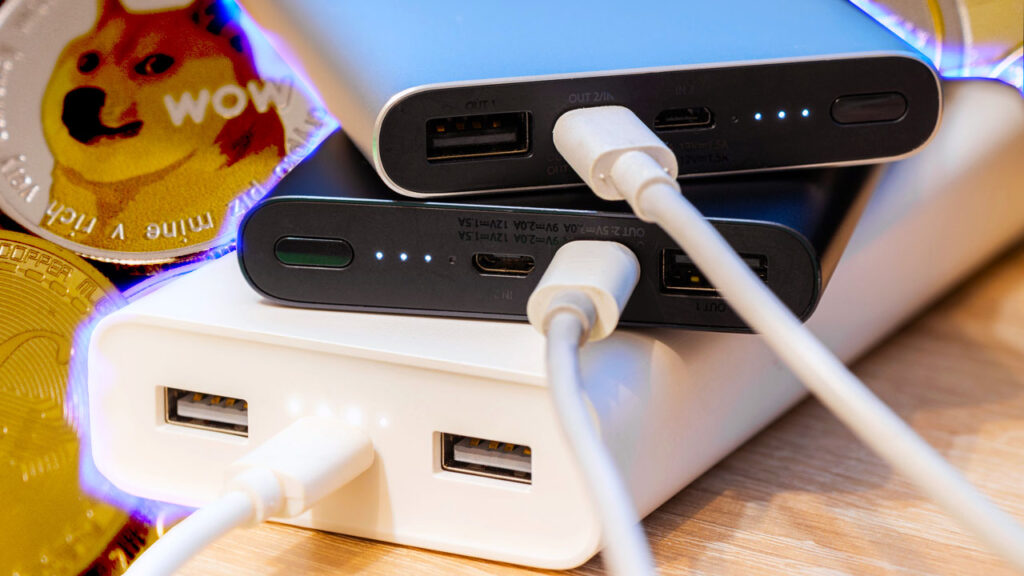
In the Concluding Lines
In the end, I would say that you should take care all of your gadgets, only then they will care for you. Always keep in mind that don’t use a damaged cable to charge or discharge the power bank because it’s harmful to the power bank as well as to your phone. So, these are the few things you should keep in mind when you’re using a power bank. It’s definitely a dangerous piece of gadget but proper care and technology implemented inside the power bank make it a safe and a handy device. Hope you guys have enjoyed the article and learned something new. If so then don’t forget to express your thoughts in the comment section below. Thanks for visiting.

